Contraceptive patch
The contraceptive patch is a sticky patch, a bit like a plaster, that slowly releases hormones into your body to prevent pregnancy. The patch contains oestrogen and progestogen, the same hormones as the combined pill and works by preventing the release of an egg each month (ovulation). It also thickens cervical mucus which makes it harder for sperm to pass through and thins the lining of the uterus (womb).
You wear the contraceptive patch for 21 days, replacing it every 7 days, before taking a 7 day break and then starting the cycle again.

How effective is the contraceptive patch?
The contraceptive patch is 99% effective when used properly. The effectiveness can be reduced if you are taking medication or if you weigh more than 14 stone (90kg).

Who can use the contraceptive patch?
If you are healthy, don’t smoke and don’t have any medical conditions then you should be able to use the contraceptive patch. However there are some situations where it isn’t suitable, such as if you:
- are overweight
- are breastfeeding
- smoke
- have heart problems
- have had breast cancer
- have had a blood clot
- have lupus
- have diabetes
- get migraines
- are taking certain medication
We can help you select the best form of contraception for you based on your sexual history and lifestyle. Book an appointment via telephone or online by registering for a Personal Health Record (PHR) and come and have a chat with us at one of our clinics.

Where can I get the contraceptive patch?
You can get the contraceptive patch free of charge from a Devon Sexual Health clinic near you.

Are there any side effects to the contraceptive patch?
Some women can get headaches, sickness, sore breasts, bleeding between periods and experience moodiness when they first start using the contraceptive patch. This will usually calm down after a couple of months.
A very rare complication would be a blood clot in a vein or an artery, particularly if you already have some health problems. There is also some research to indicate a very slightly increased risk of getting breast or cervical cancer if you use the contraceptive patch.
If you are concerned about any of these side effects or would like to find out if the contraceptive patch is a good option for you then contact a Devon Sexual Health clinic near you.
If you are admitted to hospital or have an operation, make sure that you tell the Doctor/Nurse that you are using the patch as you may need to stop using it to reduce the risk of thrombosis (blood clots).

How to use the contraceptive patch
Apply the patch to an area of bare, unbroken dry skin in a place where it won’t get easily rubbed off or dislodged. Do not apply the patch to your breasts.
Wear the patch for 7 days and on the 8th day (change-day), replace it with a new patch in a different place on your body. This can be done at any time during the day.
Use this patch for 7 days and then change again on the 8th day.
After you have used three patches for 21 days, you can then take a 7 day break.
You may get a bleed in this patch-free week – this is not a period but withdrawal bleeding caused by not taking the hormones. The bleeding may be lighter and less painful and less painful than a normal period or you may not bleed at all.
After 7 patch-free days, you can then put a new patch on the 8th day and start a new cycle. If you have more than 7 days without a patch, then you will not be protected and you will need to use another method of contraception for another 7 days. If you have already had sex in the last few days, you may need emergency contraception.
If the patch falls off then apply a new one. If you’ve just started using it, or it’s been off for longer than 48 hours, you should use an additional form of contraception, such as condoms, for 7 days.
If you forget to take the patch off at the end of week one or two, if the patch has been on for less than 48 hours extra: take off the patch and replace it with a new one. Continue as normal, changing it on your normal change day. You are still protected against pregnancy.
If the patch has been on for more than 48 hours extra: start a brand new patch cycle. Put a new patch on and this becomes week one of the patch cycle and you now have a new day for your change day. You need to use additional contraception for the next seven days. If you had any sex without a condom in the previous few days you may need emergency contraception so contact us for advice.

Pros & Cons
- It’s easy to use
- When the patch is in place you don’t have to think about contraception for 7 days.
- It still works even if you are sick or get diarrhoea
- It can make periods lighter and less painful
- It may help with premenstrual symptoms
- It can help with acne
- It doesn’t protect you against STI’s
- It can cause itching or a sore patch where the patch goes
- There are some side effects such as nausea, sore breasts and moodiness
- You can see it


